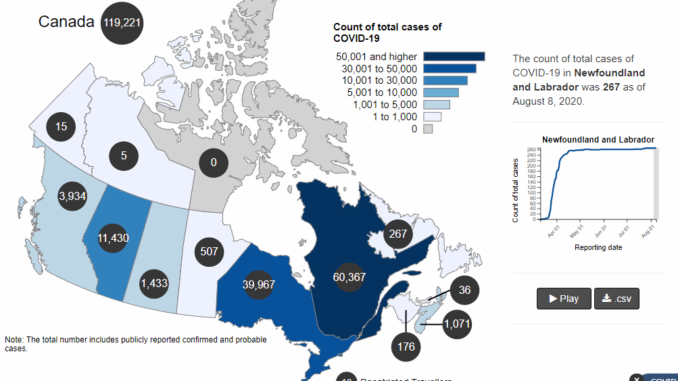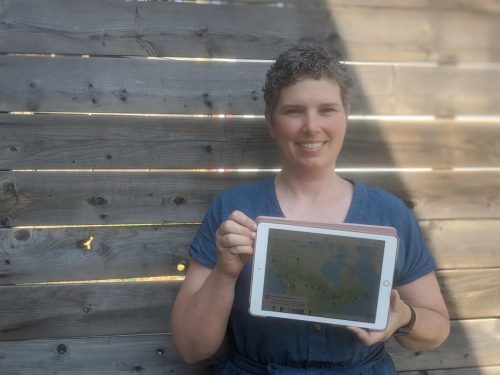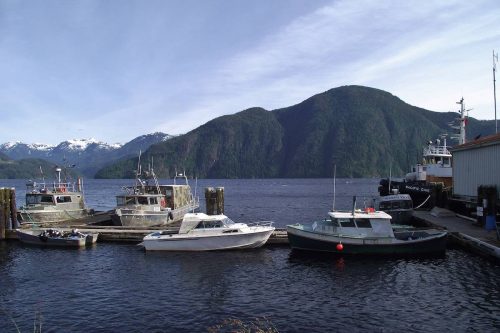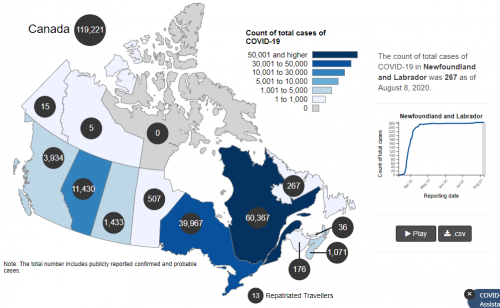
Groundbreaking initiatives help Canadian youth address climate change
Two Canadian charities are taking a stand and inspiring action against climate change through education and technology: Arctic Eider Society/Société des Eiders de L’Arctique; and, Earth Rangers/Éco Héros. Both the Arctic Eider Society and Earth Rangers are supported by RBC Tech for Nature.
The Arctic Eider Society (AES), a charity based in Sanikiluaq, Nunavut, is working to ensure that this knowledge lives on and benefits our planet. AES launched a tool called the Indigenous Knowledge Social Network (SIKU) in December 2019. The platform allows everything from high-resolution satellite imagery to remote sensing, weather tides, and marine and ice data to be stored in one place. The tool has become an important resource not only for Indigenous communities but also for climate adaptation and safety and environmental stewardship.
Earth Rangers is dedicated to educating every child in Canada about environmental knowledge and encouraging the adoption of sustainable behaviours early in life. The team at Earth Rangers is developing an app to engage youth and help foster real-world environmental action for the future with a more immersive gaming-inspired experience.

https://dailyhive.com/montreal/rbc-tech-for-nature-montreal-climate-change-action
Mapping Canada’s mask-mandatory businesses
Cheryl White is an industrial engineer, not a mapmaker, but due to a recent need to know which businesses in Toronto had adopted mandatory mask policies, she recently became one. When the pandemic hit Canada, Cheryl was in treatment for breast cancer. Concerned about how to interact safely in public, she began to map out which businesses had adopted mask wearing policies. Since she began in May, the map has turned into a national resource showing Canadians across the country where they can buy groceries, pick up coffee or even see tropical butterflies – knowing that mandatory mask policies are in place.

https://www.canadiangeographic.ca/article/mapping-canadas-mask-mandatory-businesses
Vancouver Island First Nations, regional district to roll out tsunami mapping project
Despite North Vancouver Island’s proximity to the Cascadia Subduction Zone- where two tectonic plates collide, no survey has ever been done. The Strathcona Regional District (SRD) recently received a grant from the BC government to undertake high-resolution tsunami modelling from the Yuquot/Muchalat Inlet near Gold River to Cape Scott Provincial Park. The mapping will be based on seafloor and aerial surveys. An assessment of present-day ‘king tides’ (highest tides) and those predicted after sea level rise by 2100, will also be done.
Many communities are located along the west coast of Vancouver Island and are vulnerable to coastal storms, tsunamis and climate-induced changes. The high-resolution tsunami modeling will help these places be better prepared for emergency response.

COVID-19 Mapping Resource from the Government of Canada
Have you used this tool yet? To use, hover over each province and territory to see total, active and recovered cases, the number of people tested or deaths over time. The map is animated too!





Be the first to comment